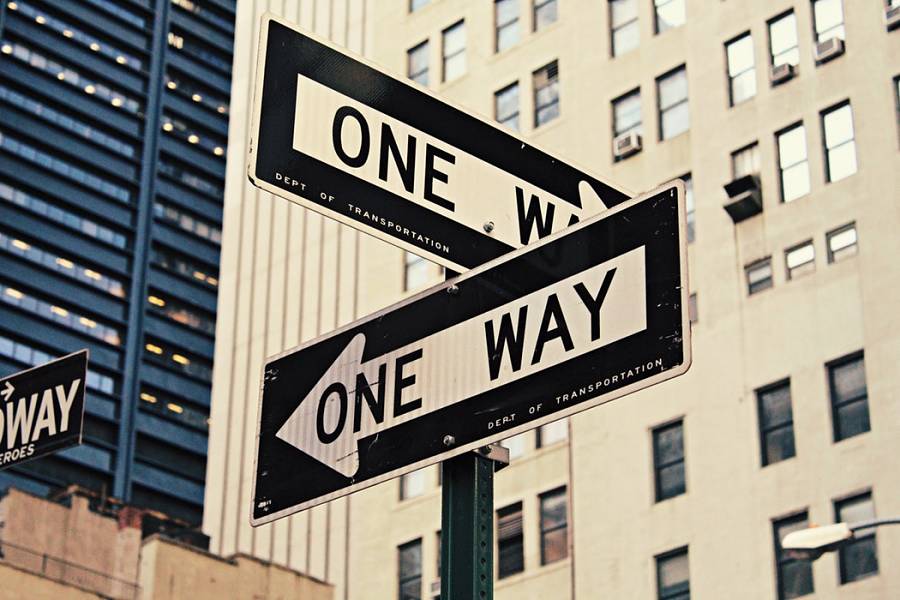One of my qualifications for the job of running a magazine about theatre in the U.S., if I may say so myself, is that I have a strong sense of theatre in places other than New York City. I first became a dedicated theatregoer in earnest in Los Angeles; companies like Cornerstone, East West Players, the Actors’ Gang, Latino Theater Company, Center Theatre Group, and dozens of others formed my tastes and expectations as much or more than any Broadway or Off-Broadway shows, to which my access was limited by my airfare budget. From that West Coast base I explored not only the I-5 corridor from La Jolla Playhouse to Oregon Shakes, but got a sense of other American theatre towns from actors and creatives who poured into L.A. for its other career attractions and ended up doing theatre anyway (sometimes in spite of themselves). I met refugees from Seattle’s late-’90s bubble-burst; ex-New Yorkers who’d worked mostly in regional theatres like Yale or Actors Theatre of Louisville, or who formed L.A. offshoots of New York companies, like Ensemble Studio Theatre West; and Chicagoans bearing the storefront ensemble gospel.
Among those Windy City exiles was Laurie Metcalf, who I had the great good fortune of first seeing onstage in a series of uproarious comedies by L.A.’s Gen-X Molière, Justin Tanner, at the Cast Theatre in Hollywood, a two-theatre complex just west of the Paramount lot. With roles in Pot Mom, Happytime Xmas, and Party Mix, Metcalf was no stage hog, despite her outsize celebrity (she was then basically playing hooky from “Roseanne”). Instead she fit seamlessly into the Cast’s peerless ensemble of distinctive oddballs (Jon Palmer, Laurel Green, Dana Schwartz, Andy Daley, among others). This, I soon learned, had something to do with her background as a founding member of Chicago’s ur-ensemble, Steppenwolf, where the operative ethos potently fused a self-effacing Midwestern work ethic with go-for-broke theatrical commitment.
So it’s particularly gratifying to see Metcalf’s continued stage domination in a series of Broadway hits, including A Doll’s House, Part 2, Three Tall Women, and Misery. Next: a lead in one of this season’s most-anticipated shows, Hillary and Clinton. In my cover story on her unique, mercurial brilliance, I try to bring a sense of her work before and beyond this glittering and well-deserved Broadway career peak. She is where she is because of where she’s been before, and this is as true of her as of everyone and everything that makes it to New York stages. It’s true of the vibrant new musicals highlighted by Suzy Evans in her report on the state of Broadway’s most commercial form in the wake of hits like Hamilton and Dear Evan Hansen. It’s true of the hit Broadway stage version of To Kill a Mockingbird, which as Stuart Miller reveals has a rich and tangled literary (and legal) history. It’s true of producer Daryl Roth, who, as pictured in Diep Tran’s profile, came to the commercial theatre in her 40s to fight the good fight for diversity and daring in an arena where the stakes, and the potential impact on the larger field, are high. And it’s definitely true of the avant-garde and otherwise “downtown” artists making their Main Stem debuts this season, as Tran details.
For while the nonprofit resident theatre movement that began 50 years ago has ensured, thankfully, that our nation’s commercial theatre capital no longer has a monopoly on U.S. stage work—if it did, it’s unlikely I would be here today, writing this—New York is still inarguably an energy source, standard-bearer, and launchpad for our field. Just as nothing gets to a Manhattan stage without determination and struggle (and funding), what happens in New York theatre doesn’t usually stay in New York.


